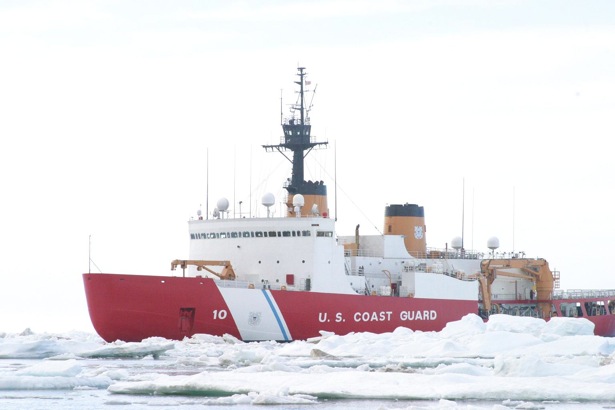When Chinese and Russian ships were stuck in Antarctic ice this past week, it looked liked the Polar Star, our only heavy-duty polar icebreaker, would smash its way to their rescue. That didn’t happen, of course, because the two ships managed to work their own way out of the ice.
But what if the Polar Star had gotten stuck, too, or had some mechanical breakdown with the whole world watching? It could have happened. After all, the Polar Star is old. Yes, it was recently refurbished at Vigor Industrial's Seattle shipyard over the course of three years at a cost of some $90 million. But what if something was inadvertently overlooked? BC Ferries suffered a crash a few years ago when one of its ferries plowed into a dock because of a missing cotter pin on an engine’s throttle linkage.
Stuff happens.
But the 75,000-hp Polar Star appears to be working just fine after an Arctic shakedown cruise last summer, and the 399-footer is now bearing down on McMurdo Sound as part of a resupply mission for U.S. stations in Antarctica. This is the first time since 2006 that a U.S. icebreaker has led the way for this annual mission because both of our heavy polar icebreakers were out of commission. We’ve had to charter icebreakers from Russia during the interim.
As all these activities demonstrate, icebreakers serve a very important function. They’re practical. They do things that must be done and which only they can do.
So why does the U.S., an Arctic nation, only have one of these essential ships? Sure, they’re expensive — new icebreakers are estimated to cost $1 billion each — but the U.S. military is well known for spending trillions on weapons that don’t work or aren’t really needed. Surely budget priorities can be shifted. Do we really have to have 52 littoral combat ships ($500 million each) or 30 Virginia-class submarines ($2.5 billion each)?
We need to continue pushing as hard as the Polar Star in 20' ice for a new generation of Coast Guard icebreakers.



.JPG.small.400x400.jpg)

